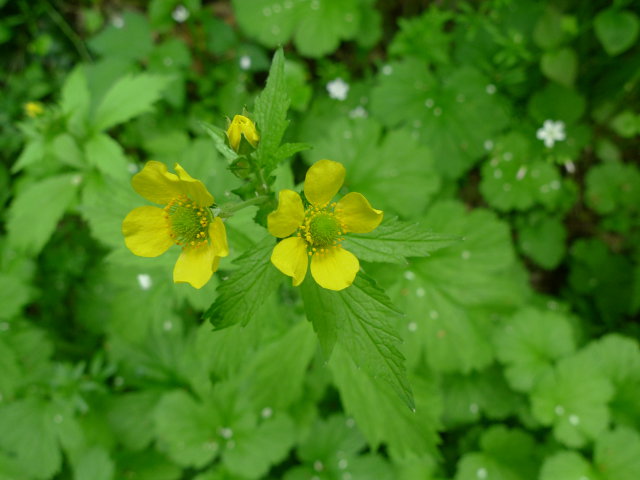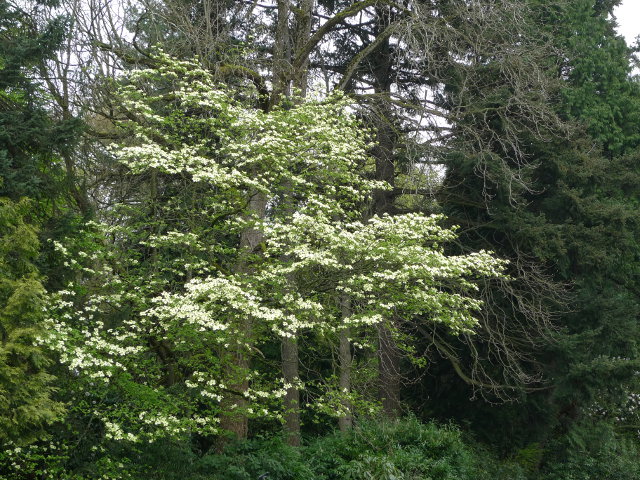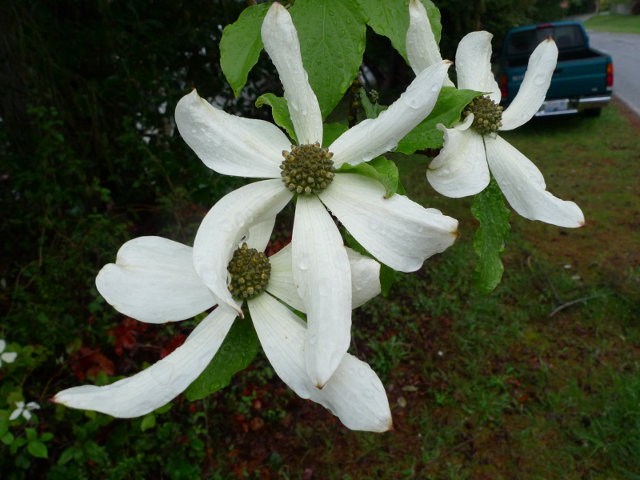Published at 09:45 on 7 May 2018
Since many centrists act like I’m some sort of starry-eyed idealist when I claim that Bernie could have won, I figure it’s time to prove them wrong by describing what I believe things would be like if Bernie would have won.
I am going to be utterly realistic here and describe a scenario operating under US politics as it actually is, not under how this anarchist might wish it would be. I am not going to assume any great increase in class consciousness; I am going to assume that the nonideological pragmatists which a Sanders campaign would appeal to would remain for the most part nonideological pragmatists.
First, the campaign would have been ugly. Trump would have tried to paint Sanders as a Stalinist-style communist, bringing up things like his trips to the USSR and 1980’s Nicaragua as evidence. However, and to the mystification of most Establishment pundits, this would have mattered far less than Trump (and the pundits) believe it would. Sanders would have proven amazingly resilient to the attacks, much as Trump proved resilient to the attacks against him based on his tawdry past actions.
Second, Sanders would have been really able to draw blood in his attacks against Trump, correctly painting Trump as a phony populist who was in fact a rich coastal elitist who inherited his wealth and who had a long track record of contemptuously screwing “the little people” over. This would have been the magic bullet that pushed Sanders to victory in November.
Third, in many ways the Sanders campaign and then the Sanders Administration would have been a left-wing mirror to the Trump campaign and the Trump Administration in the eyes of the Establishment. You have your Never Trump crowd on the right; well, there would be a Never Sanders crowd on the left. There would be prominent Democrat analogues to anti-Trump Republicans like Rick Wilson and Ana Navarro in the pundit world.
Fourth, the capitalist class would have been merciless to Sanders. There was some talk about a Trump victory prompting an immediate Wall Street crash; that didn’t happen. The unelected right-wingers that run Wall Street would however have been much more likely to destabilize a new Sanders Administration with such a tactic. The problems that are now only partway unfolded due to Trump’s annoying the capitalists with a trade war would be far more unfolded at this point in a Sanders Administration.
Republicans and the right wing of the Democratic Party would be blaming Sanders and Sanders alone for causing the Wall Street crash. Because there would not be any magical increase in class consciousness as a result of the Sanders victory, such blaming would carry real traction. The Sanders Administration would be in the toilet in terms of popularity in the opinion polls.
Fifth, Sanders would have inherited the same unfortunate part of the business cycle as Trump has. This recovery is already long in the tooth, and we are due for a downturn no matter who occupies the White House. When a downturn kicks in, the current administration always gets blamed for it, no matter how much or how little (typically the latter) it has to do with the downturn. This isn’t fair, it’s just the way things are (and long have been).
Add up the third, fourth, and fifth points and it’s obvious that a Sanders presidency would be a presidency under siege, much like the Trump presidency is. Many of the things on Sanders’ wish list would have gotten bogged down in Congress and gotten nowhere. There would much talk of a coming “red wave” in November—and it probably would come.
Sanders is, unlike Trump, not a corrupt or emotionally immature individual, so an early end to his term would be unlikely, but he would be a one-term president, to be followed by a GOP president winning in 2020 largely due to criticizing Sanders on the economy and blaming him for the recession. It would be a latter-day Carter Administration.
Still, and this is the important part, a latter-day Carter Administration would be a far better outcome than the Trump Administration we actually got, and whichever Republican succeeded Sanders would not be a fascistic populist like Trump. In the wake of the Trump loss, the GOP would have changed its primary process to make it less amenable to being hijacked by an outsider like Trump, most likely by instituting something similar to the Democratic Party’s system of superdelegates.
It is in no way necessary to believe that Sanders would have been perfect and would have ushered in a lasting new era of New Deal (or even more fancifully, democratic socialist) politics to believe that his presidency would still have been a vastly better outcome, and that he was the better candidate than Hillary.




